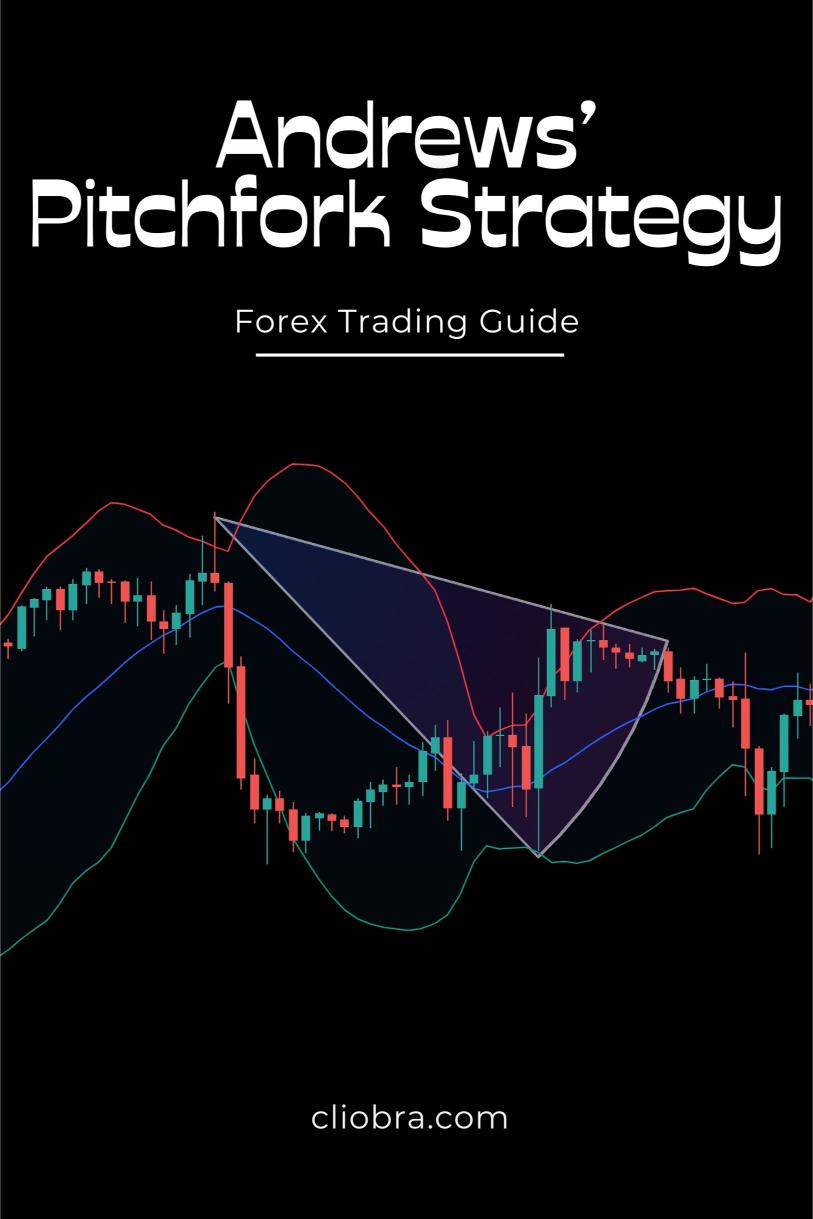Last Updated on February 6, 2025 by Arif Chowdhury
Ever felt overwhelmed by the chaos of the Forex market?
Many traders struggle to find clarity amid the noise.
I get it.
As a seasoned Forex trader since 2015, I’ve been there.
After years of diving deep into both fundamental and technical analysis, I stumbled upon a gem: Andrews’ Pitchfork.
This strategy has been a game-changer for me.
Let’s break it down.
What is Andrews’ Pitchfork?
Andrews’ Pitchfork is a technical analysis tool that helps traders identify potential price movements.
It’s named after Alan Andrews, who created it in the 20th century.
Essentially, it consists of three lines:
- Median Line: The center line that acts as a balance point.
- Upper Line: A resistance level.
- Lower Line: A support level.
The beauty of this tool? It’s visually straightforward and can be incredibly effective when applied correctly.
Why Use the Pitchfork Strategy?
Statistical Insight: According to a study by the National Futures Association, over 70% of Forex traders lose money.
Why? Lack of a solid strategy.
The Pitchfork provides clarity by allowing traders to visualize potential price paths.
Here’s why you might consider this strategy:
- Clear Entry and Exit Points: Helps identify potential reversals.
- Adaptability: Works on any timeframe.
- Risk Management: Supports better decision-making with defined levels.
Setting Up Your Pitchfork
Let’s get practical.
Here’s how to set it up:
- Identify a Trend: Look for a clear upward or downward trend.
- Select Three Points: Choose a significant high (A), a significant low (B), and then a third point (C) in the direction of the trend.
- Draw the Pitchfork: Use trading software to chart the three points. The lines will appear automatically.
Interpreting the Pitchfork
Once you’ve got it set up, here’s how to read it:
- Price Near Median Line: Consider this as a potential buy or sell signal.
- Price Touching Upper Line: This indicates resistance; consider selling.
- Price Touching Lower Line: This indicates support; consider buying.
Example: Imagine you spot a price bouncing off the lower line.
You might want to buy, anticipating a rally toward the median line or upper line.
Tips for Success with the Pitchfork
- Combine with Other Indicators: Don’t rely solely on the Pitchfork. Use it alongside other tools like moving averages or RSI.
- Stay Updated on Market News: Economic events can drastically affect price movements.
- Practice Risk Management: Always set stop-loss orders to protect your capital.
Statistical Insight: A study by TradingAcademy found that traders who implement risk management strategies improve their chances of success by 50%.
My Journey with the Pitchfork
When I first used the Pitchfork, I was skeptical.
But, after applying it in my daily trades, I found it incredibly helpful.
It streamlined my decision-making process and improved my overall profitability.
Now, I focus on major pairs like EUR/USD, GBP/USD, USD/CHF, and USD/JPY—each backed by my portfolio of 16 sophisticated trading bots.
These bots are designed to capitalize on long-term trades, aiming for 200-350 pips.
With my extensive testing over the past 20 years, I can confidently say they perform exceptionally well, even under tough market conditions.
Why You Should Consider My Bots
If you’re serious about trading, you should check out my trading bots portfolio.
These bots are tailored to reduce risks while maximizing profits in the Forex market.
And to kickstart your trading journey, I recommend using one of the best Forex brokers I’ve tested.
They offer tight spreads and excellent customer support, essential for a smooth trading experience.
Conclusion
Andrews’ Pitchfork Strategy is a powerful tool in your trading arsenal.
With its ability to simplify market dynamics, it’s worth exploring.
Pair it with a solid risk management plan and consider integrating my trading bots into your strategy.
You’ll be on your way to navigating the Forex waters with confidence.
Happy trading!
